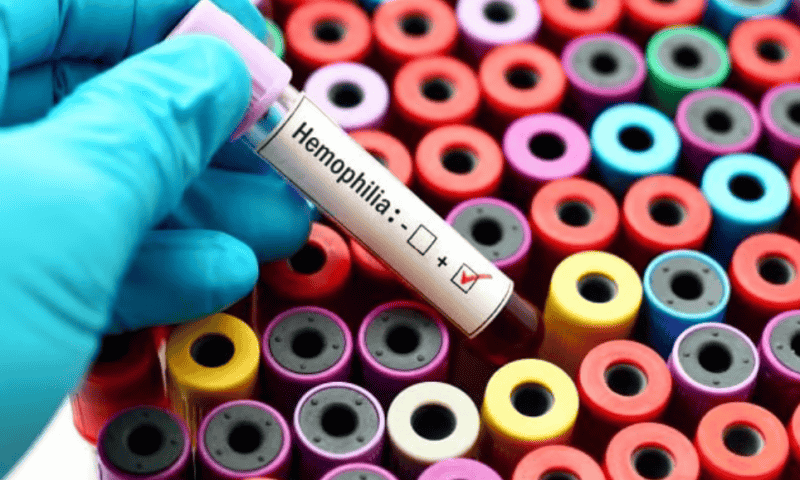Novo Nordisk has shared a closer look at phase 3 results on its hemophilia A candidate Mim8, revealing new data that show how it squares up against Roche’s blockbuster Hemlibra on key measures of efficacy and tolerability.
In May, Novo reported topline results from the study, which Jefferies analysts said “may near our ‘best’ case scenario, with convenient once-monthly dosing seeming similarly effective to once-weekly, and efficacy data that may challenge Roche’s incumbent Hemlibra.” However, the initial readout lacked a look at annualized bleed rates (ABR), focusing instead on percentage changes, or injection site reactions.
Novo filled in the gaps in the dataset in a presentation at the International Society of Thrombosis and Haemostasis Annual Congress over the weekend. The Danish drugmaker repeated the topline efficacy results and provided the rates of annualized bleeds and injection site reactions.
In the trial population with no prior prophylaxis treatment, Novo estimated a mean ABR of 15.75 in the control group. The mean ABRs in the once-weekly and once-monthly Mim8 prophylaxis cohorts were 0.45 and 0.20, respectively.
In the trial population with prior coagulation factor prophylaxis, the mean ABRs in the once-weekly Mim8 prophylaxis cohort was 2.51, versus 4.83 on prior clotting factor prophylaxis. The once-monthly ABR was 1.78, compared to 3.10 on prior clotting factor prophylaxis.
Trying to compare the results to Roche’s data throws up challenges. Roche brought Hemlibra to market on the strength of a phase 3 trial that enrolled people with Factor VIII inhibitors and ran another study in patients without inhibitors. Novo enrolled patients with and without inhibitors in its FRONTIER2 study.
In patients without inhibitors previously treated with on-demand bypassing agents, Roche reported (PDF) an ABR of 2.9 in the Hemlibra group, versus 23.3 in the control cohort. The study of patients without inhibitors who had been receiving on-demand treatment reported annualized rates of bleeding events of 1.5 and 1.3 in the Hemlibra groups, compared to 38.2 in the control cohort.
The rate of injection site reactions is an area where Hemlibra may be vulnerable. Jefferies analysts said in May the frequency of reactions must be less than 10% for a challenger to be clearly differentiated versus Hemlibra. Novo reported rates of 5.0%, 8.2%, 9.5% and 12.2% across four cohorts of patients treated with Mim8.
Novo is aiming to file for approval of Mim8 toward the end of 2024. In parallel, Roche is strengthening the defenses of Hemlibra, which brought in (PDF) 4.1 billion Swiss francs ($4.6 billion) last year. The Swiss drugmaker has launched two new vial options and is introducing a new administration kit as part of a push to make Hemlibra dosing more convenient.

